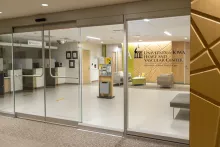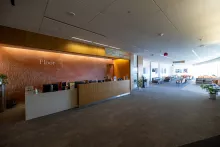Varicose Veins and Spider Veins
- For all other requests:
- 1-800-777-8442
The University of Iowa Heart and Vascular Center’s vascular surgeons offer treatments that can improve the appearance of spider veins and varicose veins. They can also reduce uncomfortable symptoms commonly caused by varicose veins.
Because our vascular surgeons specialize in blood vessel disorders, they have a deep understanding of vein structure and function. They also treat other vascular problems that can affect people with varicose veins, including skin ulcers and chronic venous insufficiency.
This means you can get all the care you need—from cosmetic vein treatments to chronic wound care—from the same experienced specialist.
Symptoms of varicose veins and spider veins
Tiny valves inside your veins help blood move in the right direction. If these valves become weak or damaged, then your blood may not flow properly. Instead of traveling back up to your heart, the blood in the lower half of your body may pool in your legs and feet. This can cause your leg veins to stretch or swell, leading to problems like varicose veins and spider veins.
Varicose veins and spider veins are easy to spot. They show up right under the skin’s surface, typically on the legs, ankles, and feet. But while spider veins are harmless and usually painless, varicose veins can cause significant discomfort.
Symptoms of varicose veins
Varicose veins are swollen, twisted veins that often appear to bulge out of the skin. They are usually dark blue or purple. They can also cause physical symptoms, including:
- A feeling of heaviness or achiness in the legs
- Itchy skin, especially near the swollen veins
- Lower leg swelling
- Pain that gets worse after long periods of sitting or standing
- Skin discoloration
- Throbbing pain
Most of the time, varicose veins won’t cause health problems, even if you don’t treat them. But in rare cases, people with varicose veins develop complications such as slow-healing skin ulcers or blood clots. Blood clots in veins deep inside the leg can lead to a serious condition called deep vein thrombosis (DVT).
Symptoms of spider veins
Spider veins are clusters of tiny red, blue, or purple veins. They’re named for their distinct web-like appearance.
In most cases, spider veins don’t cause physical symptoms. They also don’t pose any risk of health problems. But spider veins may increase your risk of developing varicose veins.
Diagnosing varicose veins and spider veins
Varicose veins and spider veins are usually diagnosed during a routine physical exam. Your provider will examine your veins and check for swelling, especially when you stand. Your provider will also ask you to describe any symptoms you feel.
If you have varicose veins, your provider may order an imaging test called a venous ultrasound. This noninvasive procedure uses sound waves to see if the valves inside your leg veins work properly. It also checks how well blood flows through those veins.
Your ultrasound results help your provider confirm or rule out any other vascular problems you might have in addition to varicose veins.
Varicose vein and spider vein treatment from the UI Heart and Vascular Center
There are several treatment options for varicose veins and spider veins. The treatment you’ll need depends on the size of your veins and how many there are. It also depends on the severity of your symptoms.
Preventive measures for varicose veins and spider veins
You may be able to reduce your symptoms and prevent your varicose veins or spider veins from getting worse:
- Lifestyle changes: Weight loss and exercise can decrease the pressure on your leg veins and help improve blood circulation. You can also reduce your risk of vein problems by wearing flat shoes instead of high heels and by avoiding prolonged sitting or standing.
- Compression stockings: Wearing these snug, knee-length socks puts pressure on your leg veins. This pressure helps improve blood flow through the veins.
Medical treatments for varicose veins and spider veins
Procedures include:
- Phlebectomy: In this treatment for small varicose veins, we remove the veins through tiny puncture holes in the leg. These small holes heal on their own without stitches.
- Radiofrequency ablation: During this treatment for large varicose veins, your provider guides a flexible tube (catheter) into the problem veins. The catheter’s tip is heated with radiofrequency energy. This heat causes the vein to permanently collapse so blood can no longer flow through it.
- Sclerotherapy: This procedure treats varicose veins and spider veins. We inject a nontoxic chemical solution into the problem veins. This solution causes the vein walls to stick together and seal shut. Over the next couple of weeks, the collapsed veins shrink and fade.
- VenaSeal: With this treatment for varicose veins, we use a catheter to place a special medical glue inside the veins. This glue permanently seals the veins shut.
Because spider vein treatments are usually performed for cosmetic reasons, they may not be covered by your health insurance plan. This means you may need to pay for the full cost of your procedure.
Our Care Team
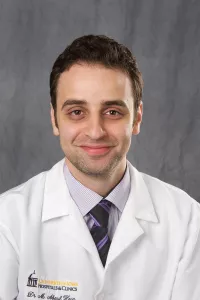
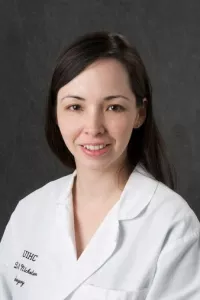
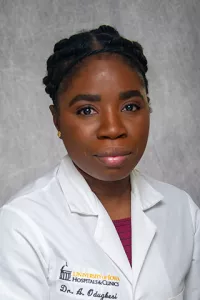
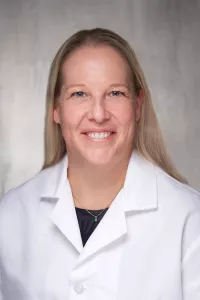

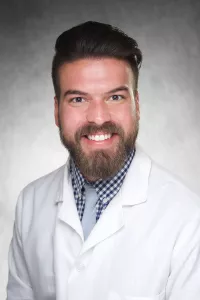
Need help finding a vein specialist?
Locations and Offices
